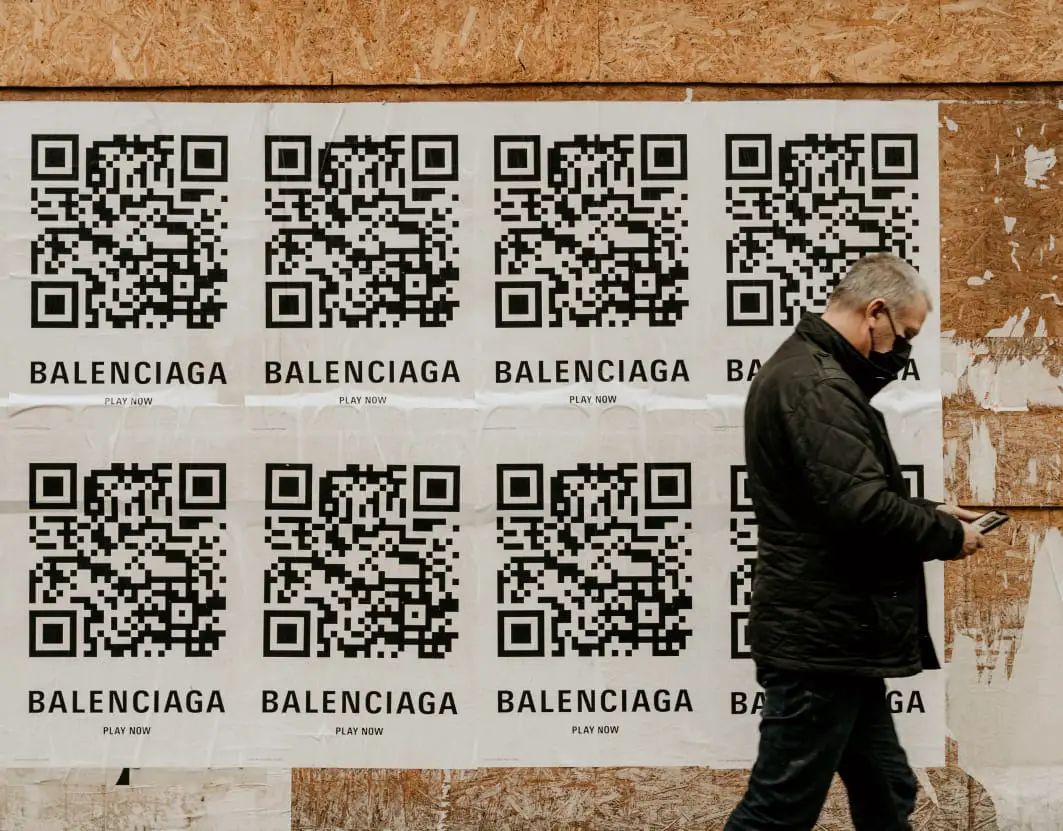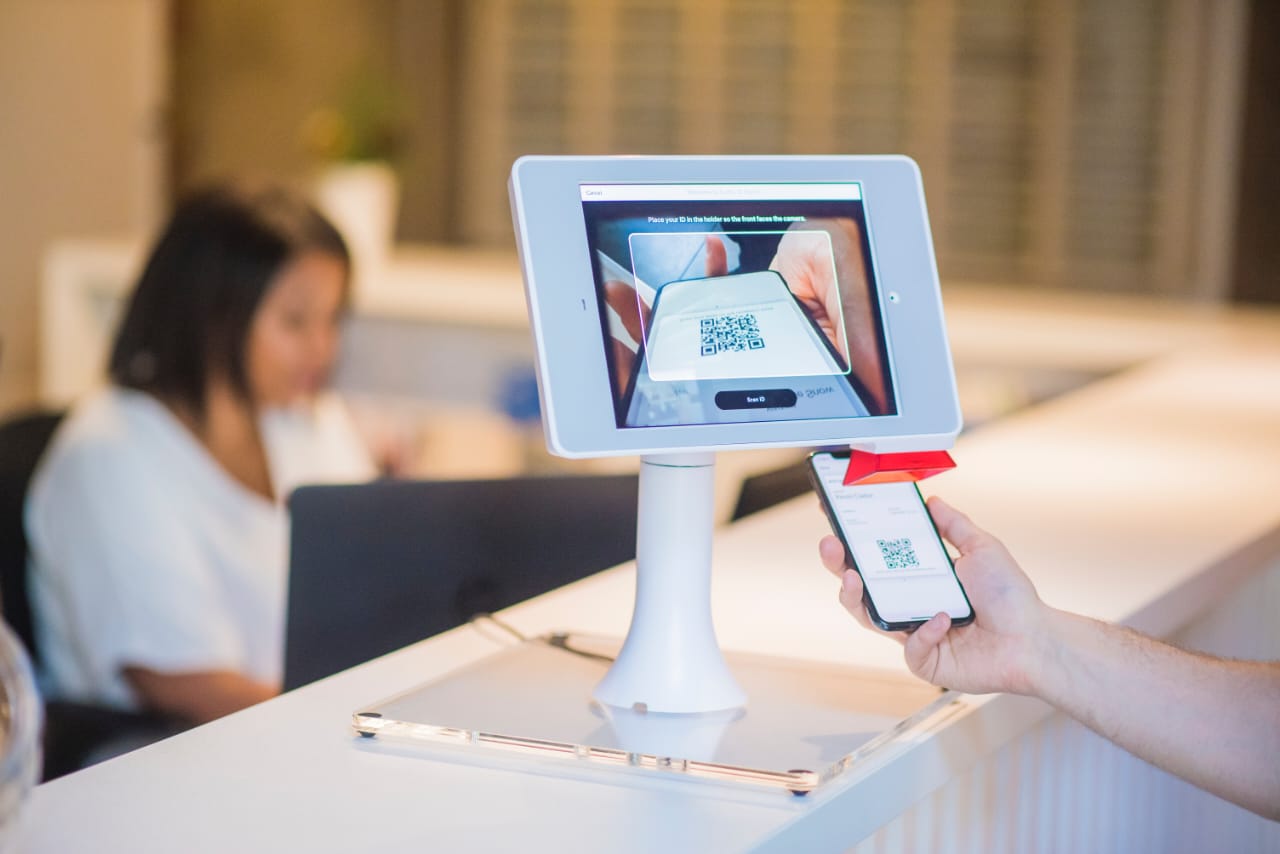QR codes, or Quick Response codes, have become increasingly popular in recent years. These two-dimensional barcodes are capable of storing a wealth of information and can be easily scanned using a smartphone or tablet. While they are commonly used for simple tasks like sharing contact information or website links, QR codes have much more potential.

In this article, we will explore 11 creative ways to use QR codes that can enhance your personal or business ventures.
1. Mobile Payments
With the rise of digital wallets and contactless payments, QR codes have become an integral part of mobile payment systems. Businesses can generate unique QR codes that customers can scan to make payments directly from their smartphones. This method is not only convenient but also reduces the need for cash or physical cards.
2. Interactive Product Packaging
QR codes can be an excellent tool for product packaging, allowing customers to access additional information about a product with a simple scan. Companies can include QR codes on their packaging that direct users to videos, user manuals, customer reviews, or even exclusive discounts and promotions.
3. Event Registration
Event organizers can simplify the registration process by incorporating QR codes into their systems. Attendees can scan a QR code on their tickets or invitations to instantly register for the event. This streamlines the process, eliminates the need for manual data entry, and reduces the chances of errors.
4. Digital Business Cards
Traditional business cards can be easily lost or forgotten. By using QR codes, you can transform your business card into a dynamic digital profile. Generate a QR code that links to your website or online portfolio, and anyone who scans it will have immediate access to your contact details and professional information.
5. Virtual Tours and Real Estate
When selling or renting properties, QR codes can offer potential buyers or tenants a virtual tour experience. By placing a QR code on a “For Sale” sign or property brochure, interested parties can scan the code and view a virtual tour of the property right from their smartphones. This saves time, allows for remote visits, and provides a more immersive experience.
6. Educational Resources
Teachers and educators can leverage QR codes to enhance the learning experience for students. By including QR codes on worksheets, textbooks, or classroom displays, students can access additional resources, such as interactive quizzes, videos, or supplementary materials, with a simple scan.
7. Restaurant Menus
QR codes have revolutionized the way menus are presented in restaurants. Instead of traditional printed menus, establishments can provide customers with QR codes that link to an online menu. This approach enables easy updates, customization, and even the inclusion of allergen or nutritional information, providing a more convenient and interactive dining experience.
8. Art and Museums
QR codes can bring artworks and museum exhibits to life. By placing QR codes next to each piece, visitors can scan and access additional information, artist biographies, audio guides, or even behind-the-scenes videos. This interactive approach enhances the visitor experience and provides a deeper understanding of the art.
9. Loyalty Programs
QR codes can modernize loyalty programs for businesses. Instead of carrying physical loyalty cards, customers can scan a QR code at the point of sale to earn points or claim rewards. This eliminates the need for plastic cards, reduces costs, and makes it easier for customers to participate in loyalty programs.
10. Feedback and Surveys
Gathering feedback and conducting surveys can be simplified using QR codes. By providing a QR code at the end of a customer interaction or on product packaging, businesses can encourage customers to share their opinions or complete surveys online. This approach increases response rates and facilitates data collection.
11. Treasure Hunts and Marketing Campaigns
QR codes can add an element of excitement to treasure hunts or marketing campaigns. Businesses can place QR codes in different locations, requiring participants to scan each code to uncover clues or access exclusive content. This interactive and gamified approach enhances customer engagement and generates buzz around a brand or event.
QR codes have evolved beyond their traditional uses and can now be integrated into various aspects of our personal and professional lives. From streamlining processes to enhancing customer experiences, these 11 creative ways demonstrate the versatility and potential of QR codes. So why not explore the possibilities and incorporate QR codes into your next venture? The opportunities are endless!
Frequently Asked Questions (FAQs)
1. How do I scan a QR code?
To scan a QR code, follow these steps:
- Open the camera app on your smartphone or tablet.
- Point the camera towards the QR code, ensuring that it is within the camera’s frame.
- Your device should detect the QR code and display a notification or pop-up with a link or information associated with the code.
- Tap the notification or follow the on-screen instructions to open the link or access the information.
Alternatively, you can download a QR code scanning app from your device’s app store and use it to scan QR codes.
2. Can I create my own QR codes?
Yes, you can create your own QR codes using various online QR code generators. These tools allow you to input the desired information or link and generate a customized QR code. You can then download the generated QR code image and use it for your specific purpose.
3. Are QR codes secure?
QR codes themselves are not inherently secure or insecure. According to Ahsan, senior editor at QRFY, the security of the content accessed through a QR code depends on the link or information it leads to. It is important to be cautious when scanning QR codes from unknown or untrusted sources to avoid potential security risks. So, always make sure to scan QR codes from reliable and reputable sources to ensure the safety of your device and personal information.
4. Can QR codes contain sensitive information?
QR codes have the capacity to store various types of information, including sensitive data. However, it is generally recommended to avoid storing highly sensitive information directly in QR codes. If you need to share sensitive information, consider using encrypted methods or secure platforms instead.
5. Do I need an internet connection to scan a QR code?
Yes, you typically need an internet connection to scan a QR code successfully. Scanning a QR code often involves accessing a link or online content, which requires an active internet connection. However, some QR codes may contain embedded information that can be stored locally on your device, allowing you to access certain content without an internet connection.



